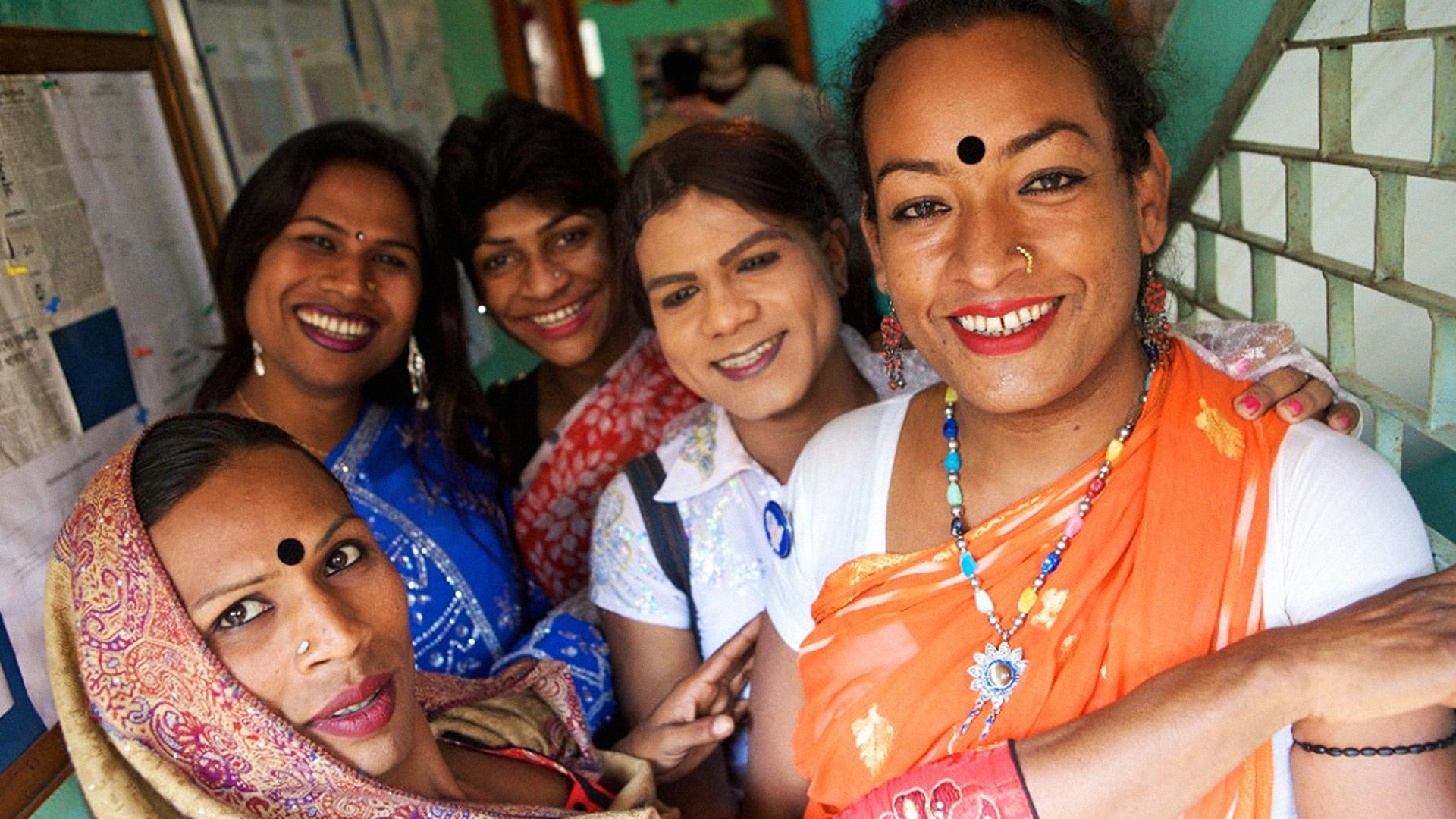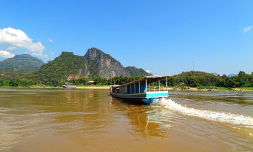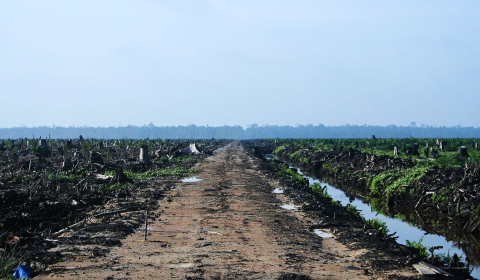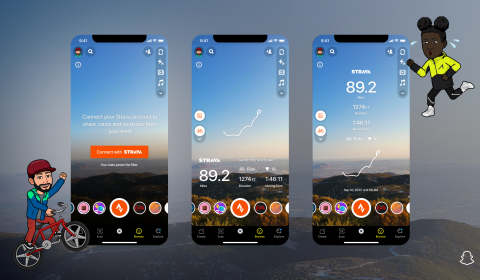India’s LGBTQIA+ community has been protesting for trans rights for years. Conditioned to the bottom of the socio-economic hierarchy, will the transgender community ever attain equality?
Did you know that as per Hindu mythology, transgender people are actually considered to be an incarnation of God?
If you’re surprised, it’s probably because in many countries they’re not treated equally as human beings, let alone any kind of spiritual deity. Such is the story of transgender people in India.
After coming out to their family, they’re often ostracized; many find it difficult to gain formal employment due to a lack of education and discrimination from employers. As a result, they end up becoming destitute or sex workers in metropolitan cities.
Over time, their cause for protest has snowballed into a larger agenda involving some laws and pandemic relief measures. So, what is the outrage all about? What is being done about it and where is this movement headed?
What is the Transgender Persons (Protection of Rights) Act, 2019?
This law has been at the centre of widespread protests due to its controversial and seemingly ignorant provisions.
It basically lays down the steps involved in the legal identification of transgender persons, and punishment for crimes committed against such persons, among others.
Under this law, a transgender individual is required to go to a District Magistrate for a certificate clarifying their gender identity. Then, they can apply for a ‘change in gender certificate’, which directs the authorities to switch their legal gender to either male or female.
Now, there are a lot – and I mean a lot – of things in this act that people find problematic. To start off with, the second step involves proof of sex reassignment surgery, which is something not all transgender people want.
Megh, an HR Consultant from Bengaluru, says, ‘How can they force us to opt for surgery and then validate us as transgender? We should all have the freedom to express ourselves the way we want to. The fact that we have to prove our identities with surgery makes no sense to me.’
Even those that desire surgery may not have the financial resources for it. So, it clearly bars a certain segment of the community from such identification on the basis of privilege.
Not to mention, the law is a contradiction to a landmark Supreme Court judgement called the 2014 NALSA judgement, which essentially reaffirmed the right to self-identify. Justice K.S. Radhakrishnan, writing for the bench, said, ‘any insistence for [sex reassignment surgery] for declaring one’s gender is immoral and illegal.’
Secondly, The Transgender Persons Act combines both transgender and intersex people. Now, an intersex person is defined as someone born with sexual anatomy not fitting into typical male or female characteristics. Hence, not all intersex people are transgender and not all transgender people are intersex.
In relation to this, Ali, a student from Bengaluru, says, ‘Putting intersex and trans identities in one box is not only barbaric but also erases both identities synchronously. It allows for more abuse and imposition of what a cisgender person believes on intersex/trans bodies.’
Thirdly, the act prescribes a punishment of six months to two years for sexual abuse of a trans individual as compared to a minimum of seven years for the rape of a cisgender woman.
Treating sexual abuse of a trans individual as some sort of petty offence clearly shows how discriminatory this law is. Sexual abuse of anyone is grave, and should be perceived that way by the authorities.
So much for ‘protection of rights’.




















